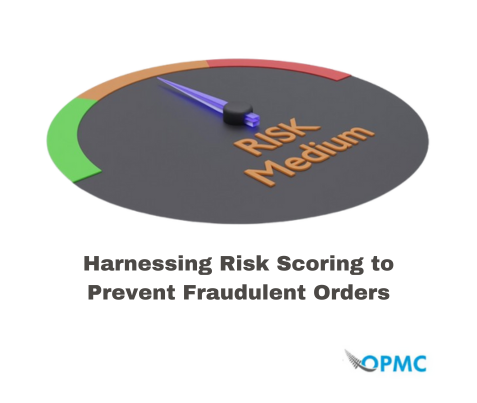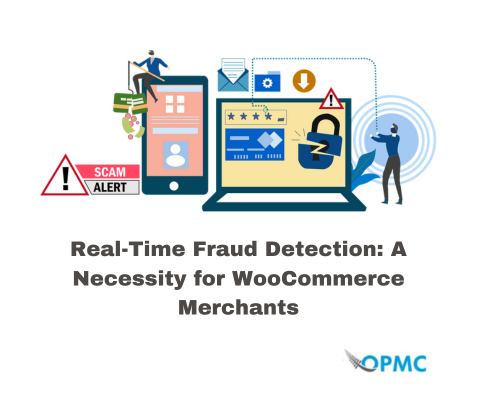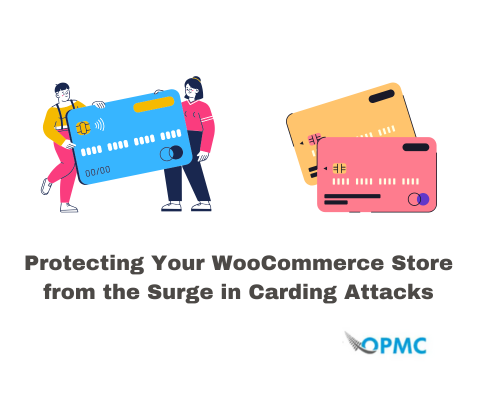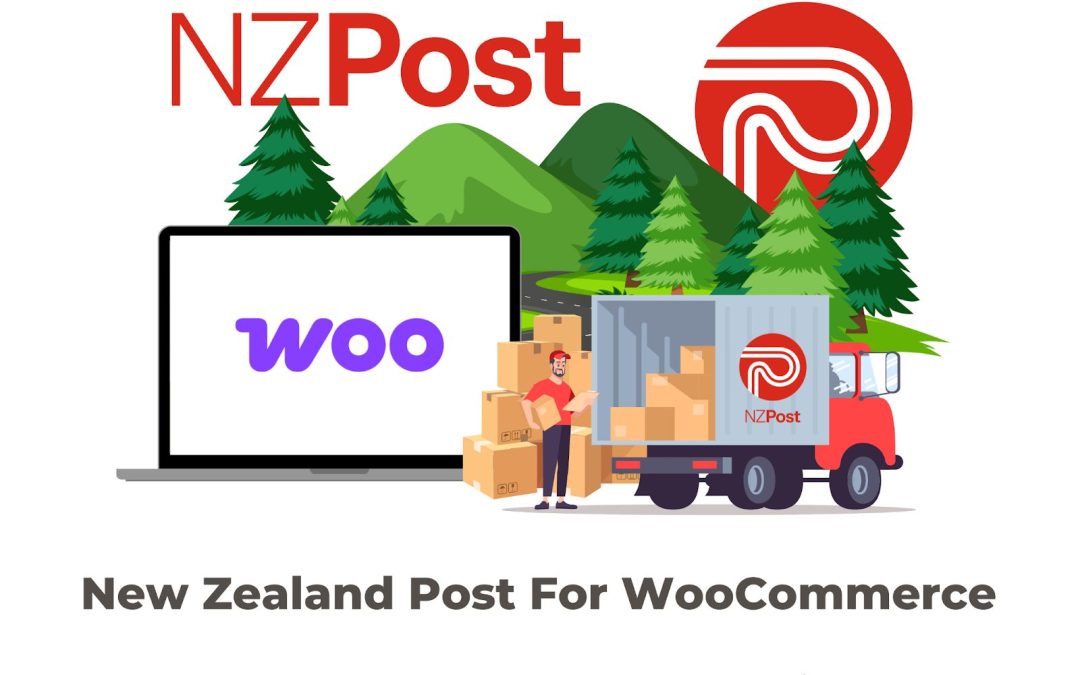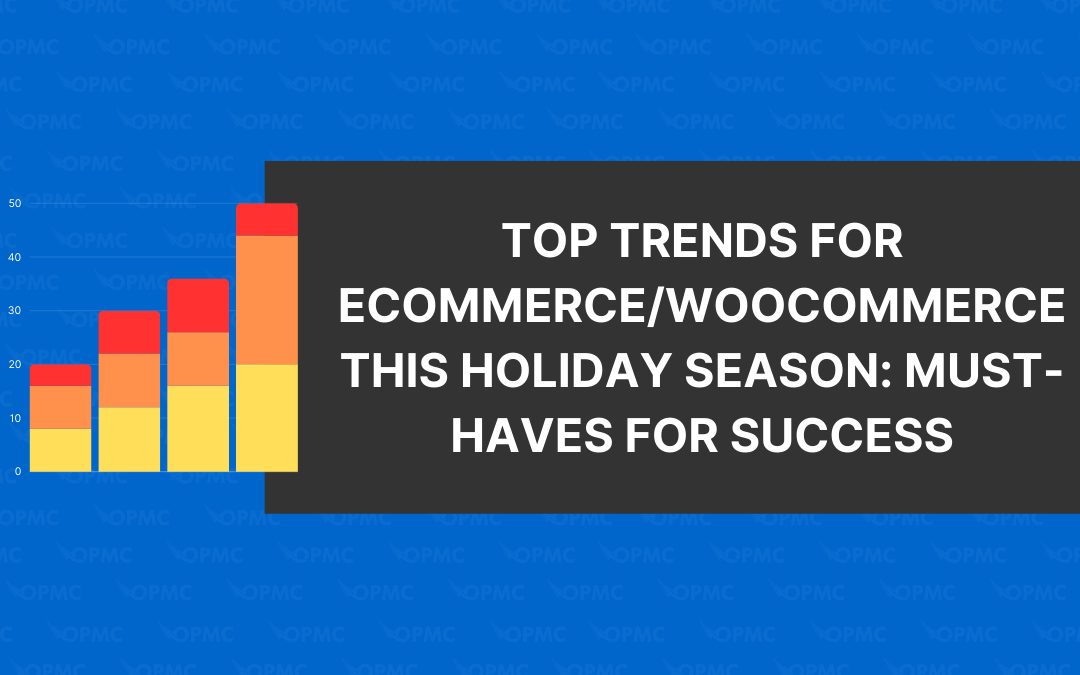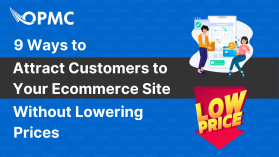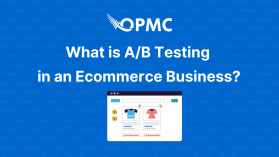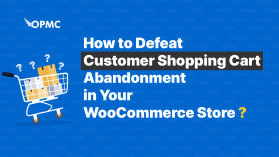Selling digital products in ecommerce is a great way to earn money passively. It allows you to leverage automation and doesn’t require you to be on the computer all day. Many people are moving to this as a solid ecommerce strategy because there is no inventory, it can operate 24/7, and you can automate the heck out of it to make the online store efficient.
However, selling digital products does require some upfront work before you can start selling them, including choosing your product and setting up an ecommerce website. Once this is done though, it’s smooth sailing from there. Let’s go over some of the key aspects of building this type of ecommerce business.
What are Digital Products?
Digital products are files that customers can download to their computers or mobile device. Digital products include eBooks, audiobooks, video courses, photo filters, planners, stationery, and so much more.
This type of business provides a great way to earn money passively from an online business. They’re easy to create and sell because all you need is the right tools and know-how to address your target audience’s unique pain points. As long as you make a successful way to attract customers, the rest is done for you.
Choosing a Digital Product to Sell
You’ll want to choose a digital product that you’re passionate about. It’s much easier to promote something you love than it is to push something you don’t care about.
Next, look for a market with a large audience of potential customers. You can use Google Keyword Planner to see which search terms are getting the most traffic and how much money they make per click on ads in those searches.
You should also look at Reddit, Google Trends, and social media platforms to see what problems everyone is talking about.
The goal is to find a specific target market or niche. A niche can be anything from a specific type of product or service to a particular audience. A niche market is simply a small segment of the population with similar needs, interests, and behaviours.
For example, if you’re selling children’s clothing online, your target market would be parents who want to buy clothes for their kids. You could also choose an even more specific niche, like parents who want organic cotton clothes made by local designers in Indonesia.
You’ll also need to decide on a digital product format. If you have an eBook, you should go with Amazon self-publishing or Gumroad. If you have Instagram filters, you should sell directly on the platform. Match the digital product format to the product and target niche market.
Creating a Digital Product
A digital product is any product that can be downloaded or accessed online. They are relatively easy to create and sell in ecommerce because they’re digital. So, there’s no need for shipping or inventory management. You simply upload your file once, then send it out to customers via email or some other method (like a download link to a PDF).
This is where most people get stuck. Let’s move through the steps of an eBook, for example.
-
- Do a brain dump on a Google Doc where you write down all the ideas you have for your eBook.
- Organize them into similar topics – these will be your chapters.
- Use Fiverr or Upwork to get your first drafts written.
- Clean up and organize your eBook with a layout, chapters, and product description.
- Use Canva or software like Atticus to craft a clean PDF eBook.
- Upload your new eBook to your personal ecommerce online store, Amazon, Gumroad, or anywhere else you want to sell.
Pretty much every other digital product follows the same method. You are creating something from nothing and then selling it to other people. It’s okay to look at competitor products to give you a good idea of what your target goal is. Just make sure you are not copying anyone’s intellectual property. You want to make it your own.
You also need to brand your products. Branding and design elements are essential for building trust with customers. You should consider adding these to your product pages, as they can help you stand out from the competition.
Branding elements include logos, colour schemes, fonts, or anything that makes your brand recognizable to potential buyers. For example, if you have a brand called “Ace Ecommerce,” it would make sense to use an Ace Ecommerce logo as part of the branding on each page of your website. This way, people will know exactly where they are when they arrive at an Ace Ecommerce page or product listing in search results (or both).
Setting Up an Ecommerce Website
Now that you know the basics of how to get started with digital products in ecommerce, it’s time to set up an ecommerce website.
-
- You will need a domain name and hosting provider. The easiest way to do this is through Bluehost, which offers both services at very affordable prices (and even includes a free domain name).
- Install WordPress on your website and then the WooCommerce plugin.
- Choose a theme that is easy to navigate and will showcase the features of your digital product.
As you’re getting started with your first digital product, it’s important to choose an ecommerce platform that is right for your business. There are many options available on the market today, and each has its own pros and cons.
WordPress is an excellent platform for building websites. It’s easy to use, has a large community of users and developers, and you can find relatively cheap hosting plans for under $8/month, including all kinds of additional features.
WooCommerce is an ecommerce plugin for WordPress that makes it easy to sell digital products like eBooks or courses. It’s open source, which means that anyone can contribute code towards improving the software, and there are thousands of addons and tweaks to optimize how this plugin works with your storefront.
Finally, you want to act as if you are the customer and move through your website until it is edited for clean navigation with secure payment options and a fast digital product delivery system. We highly recommend using a plugin like our Security for WooCommerce option to secure your site against attacks and malware.
Marketing and Promoting Digital Products
Congratulations! You have done most of the hard work already. Now it is time for the final test of an evergreen income stream. You need to find those high-value target customers where they live the most online. That involves marketing and promotion. To be successful here, you need to consider pathways like:
-
- Social Media and Google Ads
- Social Media Accounts
- Email Campaigns (start with MailChimp)
- SEO strategies
- Cross-promotion with other content creators
- Running a blog
- Hiring micro-influencers
- Creating YouTube videos
- And more!
Automation tools can help you save time and scale your marketing efforts. You should be able to improve your ecommerce digital product website so that everything is entirely run in the background. That way, all your efforts can be spent building a community around your products and marketing as much as possible.
Conclusion
If you’re looking to start an online business, digital products are a great option. They’re easy to set up and can be sold through platforms like WordPress and WooCommerce. If you want more information on how to get started with digital products, we highly recommend checking out TikTok, Pinterest, and YouTube. This is a business model that requires a lot of personalization and research to nail down a solid strategy.
Do not sleep on getting our Security for WooCommerce plugin as well. Once your digital products begin to sell, there will be fraudsters trying to mimic or steal your business model, and you’re going to want that added protection. Good luck!
Download Security for WooCommerce today
This plugin will help to add a protection from fraudsters trying to mimic or steal your business model

